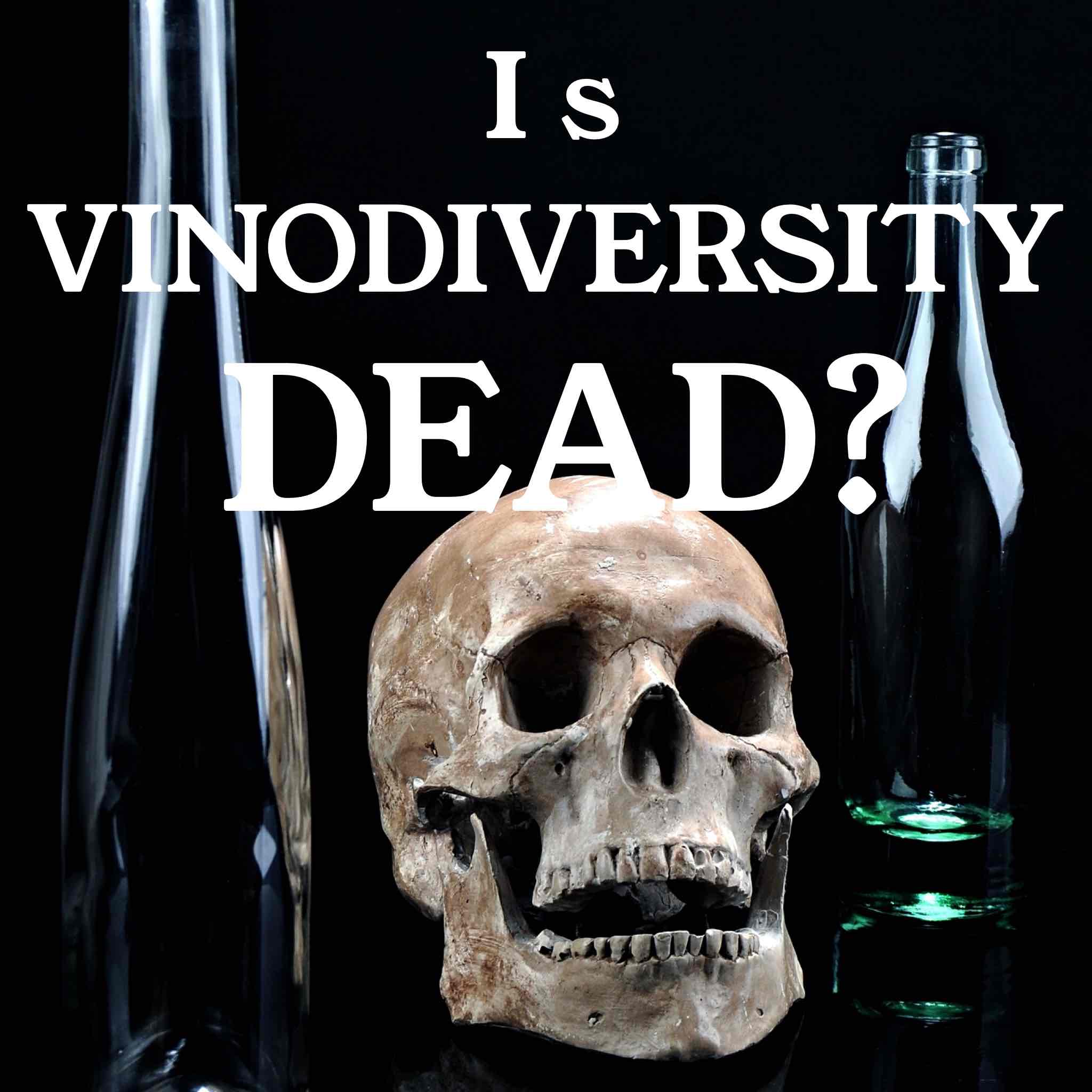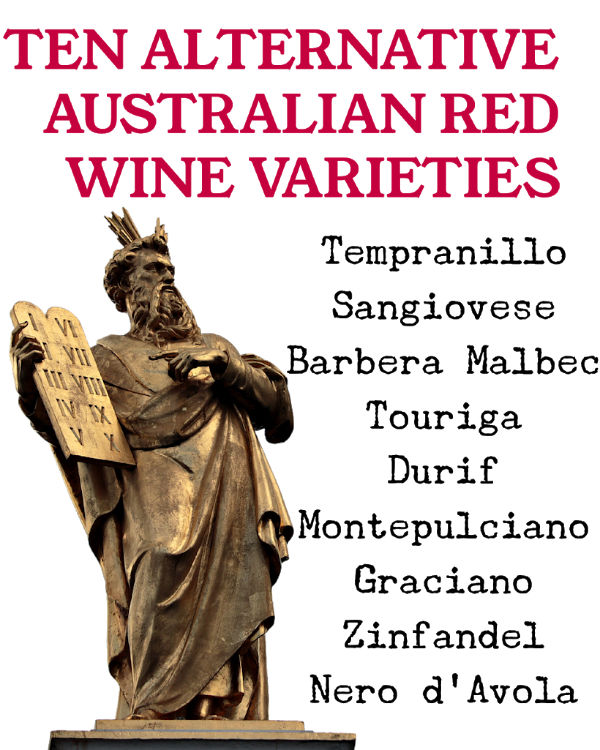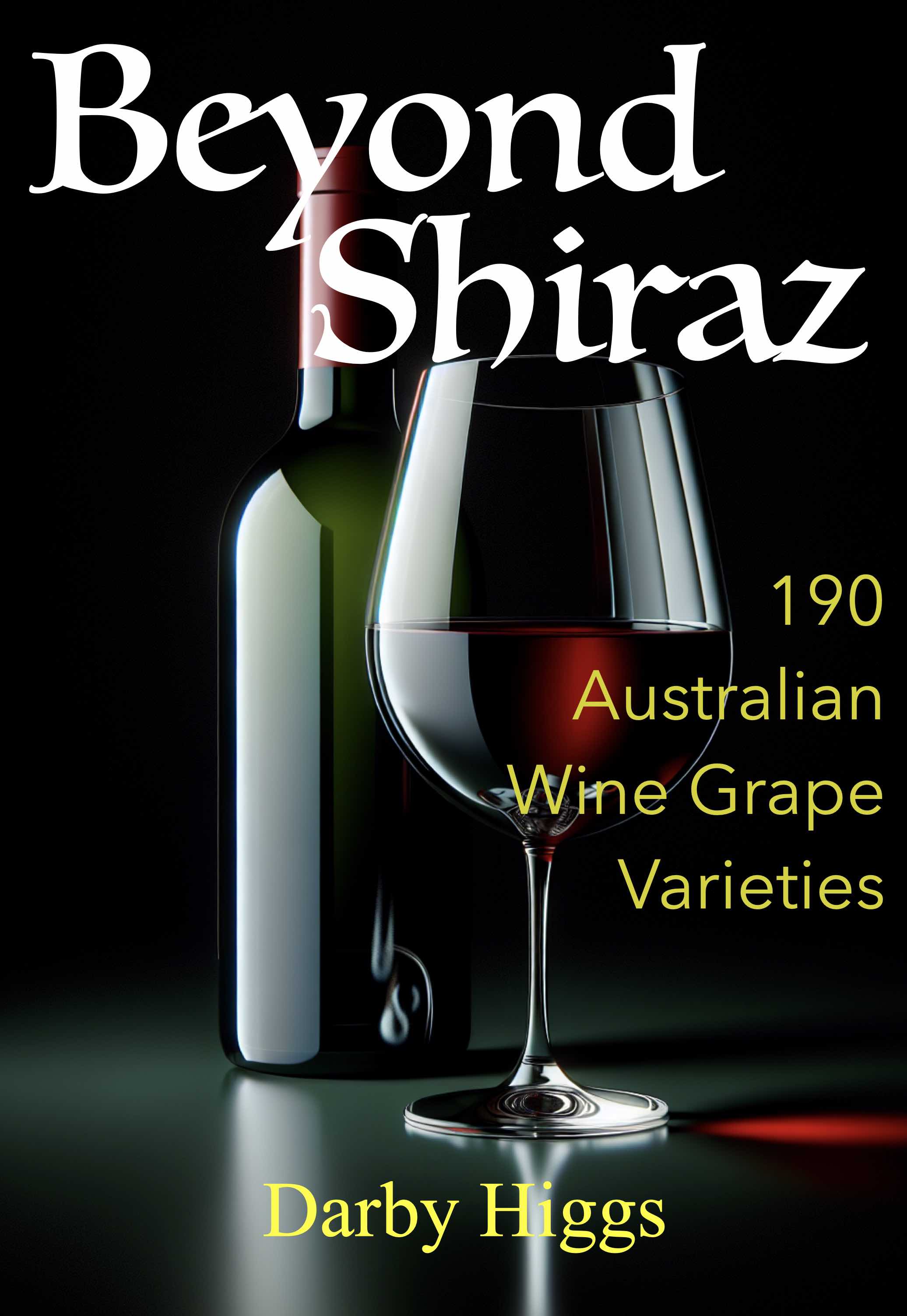Is Vinodiversity dead?
The Australian wine industry relies heavily on just a few French grape varieties. Is this healthy?
A new report, written by Kym Anderson and Signe Nelgen of the University of Adelaide highlights the on the increasing dominance of just a few varieties in Australia.
The usual suspects, Shiraz, Cabernet Sauvignon and Chardonnay now make up 63% of winegrapes in Australia by area planted. (2016 figures).
The figure below shows just how reliant the Australian wine industry is on the trinity of Shiraz, Cabernet Sauvignon and Chardonnay.
This is even more remarkable given that the range of climates in Australia is huge. Our varietal mix does not reflect this.
There is also the absence of a major warm climate white in the mix. The category for lighter bodied whites is covered in Australia mainly by imported Sauvignon Blanc. Whatever happened to the idea of matching varieties with climate?
While quite a few new varieties are making their presence felt this century the over march to a monopoly by these French varieties continues apace. Five relative new varieties (Pinot Gris, Savagnin, Viognier, Tempranillo and Sangiovese) are on the rise and manage to scrape into the top 25, and Durif, introduced offer a century ago is on the rise. Malbec gets a mention under its French name of Cot and it is rapidly regaining favour.
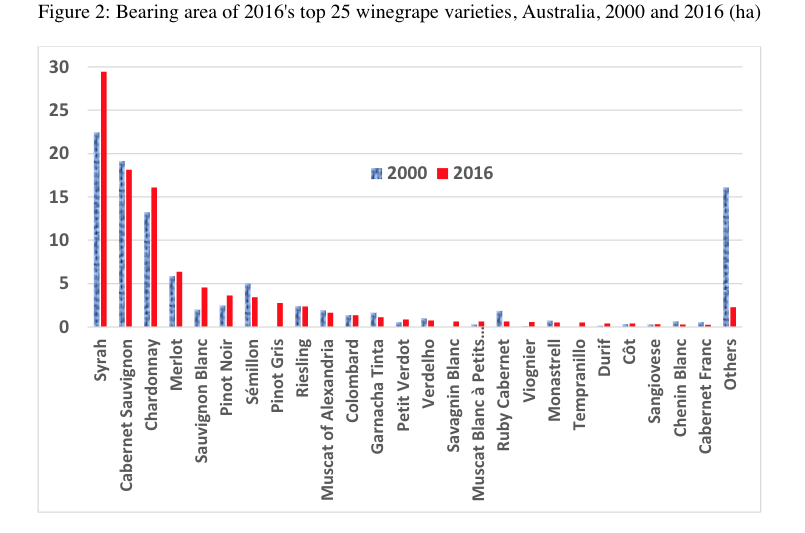 A graphic illustration of the dominance of just three varieties in Australia.
A graphic illustration of the dominance of just three varieties in Australia.The figure above is taken from Australia’s Declining Winegrape Varietal Distinctiveness by Kym Anderson and Signe Nelgen. It is available from the Wine Economics Research Centre website of the University of Adelaide.
Why I am Optimistic
After 15+ years spruiking alternative varieties I must say these figures are a little disheartening. Maybe I didn't think we would all be drinking Tempranillo and Fiano by now but I thought the statistics would be at least showing a trend towards diversity.
But the picture is not as bleak as it first appears. I have some basis for my optimism.
- Much of Australia's wine is now exported. We have no reputation overseas for any alternative varieties. There is still not a critical mass for these varieties have the marketing oomph to challenge the hegemony. The exception is Pinot Grigio where Casella's Yellow Tail made quite a splash in the USA.
- The local market is not homogenous. Most Australian wine consumers are not particularly interested in thinking deeply or talking about wine. They just enjoy drinking it, and they mostly stick to familiar territory.
- The number of producers of alternative varieties continues to rise. My database currently has just over 1200 wineries listed which are using at least one alternative. This represents close to a half of all wine producers in Australia.
- Finally the number of varieties grown in Australia continues to rise. In this article I identified ten of the most important and on-the-rise red wine varieties. These are becoming major players and there are plenty more reds and whites on the way.

Subscribers to Vinodiversity Community get invites to Darby's Special Taste and Talk Sessions.
My new Book
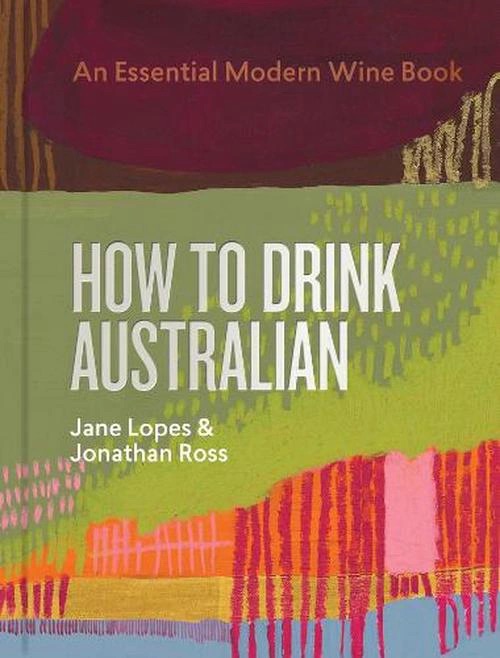
Our Site Sponsors
 Cargo Road Wines in the Orange NSW region is a Site Sponsor of Vinodiversity
Cargo Road Wines in the Orange NSW region is a Site Sponsor of Vinodiversity
 Hahndorf Hill Winery in the Adelaide Hills is a Site Sponsor of Vinodiversity
Hahndorf Hill Winery in the Adelaide Hills is a Site Sponsor of Vinodiversity
 Frankly This Wine is made by Bob
Frankly This Wine is made by Bob
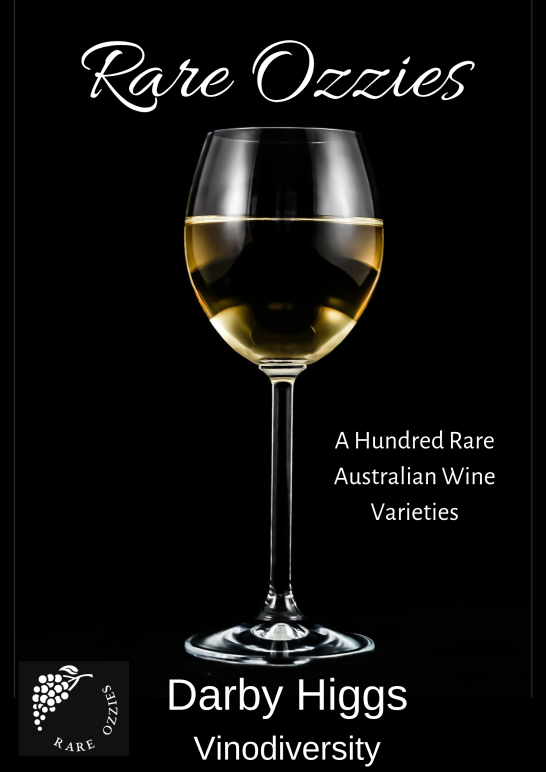 Order this book about Rare Aussie wines
Order this book about Rare Aussie wines
 This book describes the most important wines globally
This book describes the most important wines globally
 Savina Road in the Granite Belt Region is a Site Sponsor of Vinodiversity
Savina Road in the Granite Belt Region is a Site Sponsor of Vinodiversity
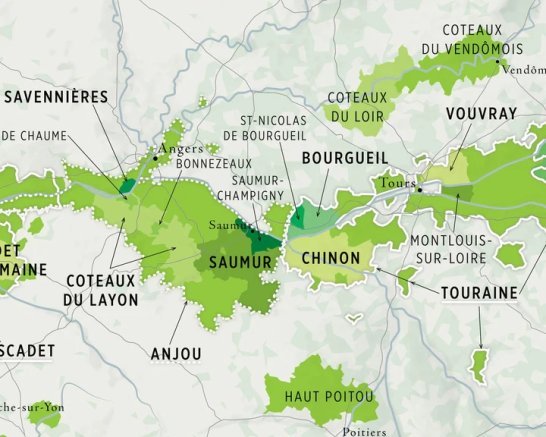 Detail of the new map of France. Italy and Spain also available
Detail of the new map of France. Italy and Spain also available
Become a Site sponsor
You can use this space to promote your winery or wine based business.
See this page for details
Contact Darby for details.
Tweets by @vinodiversity